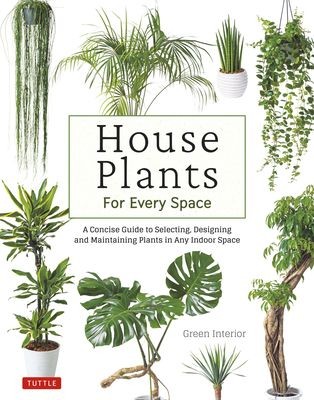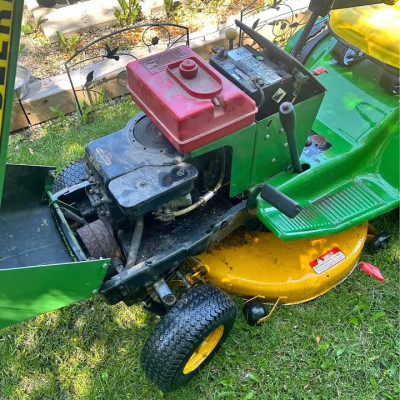Indoor Plants for Every Space: A Simple Guide to Selection, Design, and Maintenance
Indoor plants not only beautify our spaces but also improve air quality and promote a sense of well-being. Whether you're a seasoned plant enthusiast or just starting your indoor garden, this guide will help you select, design, and maintain the perfect plants for every room in your home.
Why Choose Indoor Plants?
Air Purification: Many indoor plants can filter harmful toxins from the air, creating a healthier environment.
Aesthetic Appeal: Plants add color, texture, and life to your space, enhancing your overall decor.
Mental Health Benefits: Studies show that indoor greenery can reduce stress and boost mood.
Selecting the Right Plants
1. Assess Light Conditions
Different plants thrive in varying light conditions. Here’s a quick breakdown:
Low Light: Snake Plant, ZZ Plant, Pothos
Bright Indirect Light: Spider Plant, Peace Lily, Fiddle Leaf Fig
Direct Sunlight: Cacti, Succulents, Aloe Vera
2. Consider Your Space
Think about the space you’re decorating:
Living Room: Larger plants like Monstera or Rubber Plant can be stunning focal points.
Bedroom: Opt for calming plants like Lavender or Snake Plant that can improve air quality while you sleep.
Kitchen: Herbs like Basil, Mint, or Thyme are not only useful but also thrive in this environment.
3. Maintenance Level
Choose plants that match your care preferences:
Low Maintenance: Succulents, ZZ Plant, Pothos
Moderate Care: Peace Lily, Spider Plant
High Maintenance: Fiddle Leaf Fig, Orchids
Designing with Indoor Plants
1. Group Plants for Impact
Create visual interest by grouping plants of varying heights and textures. Use plant stands or hangers to add dimension.
2. Consider Plant Placement
Think about where your plants will thrive:
Shelves and Tables: Use smaller plants like succulents or trailing plants like Pothos.
Corners: Large floor plants like Fiddle Leaf Figs or Dracaenas can fill empty spaces beautifully.
3. Create a Focal Point
Select a statement plant that draws the eye. A large palm or an exotic plant can serve as a stunning centerpiece in any room.
4. Utilize Unique Containers
Choose stylish pots and containers that complement your decor. Terracotta, ceramic, or metallic pots can add personality to your indoor garden.
Maintenance Tips for Indoor Plants
1. Watering
Understand Water Needs: Overwatering is a common mistake. Check the soil moisture before watering. Most plants prefer to dry out slightly between waterings.
Use Drainage: Ensure pots have drainage holes to prevent waterlogging.
2. Humidity and Temperature
Humidity Levels: Many indoor plants thrive in higher humidity. Consider using a humidifier or placing a tray of water near your plants.
Temperature: Keep plants away from drafts and extreme temperature changes. Most prefer temperatures between 65°F and 75°F.
3. Fertilizing
Feed Wisely: During the growing season (spring and summer), use a balanced liquid fertilizer every 4-6 weeks to encourage growth.
4. Pest Control
Regular Checks: Inspect plants regularly for pests like spider mites or aphids. Use insecticidal soap or neem oil if needed.
5. Repotting
Repot When Necessary: If your plant has outgrown its pot or the soil looks degraded, it’s time to repot. Choose a slightly larger pot and fresh potting mix.
Conclusion
Creating an indoor garden tailored to your space and lifestyle can be incredibly rewarding. By selecting the right plants, designing thoughtfully, and maintaining with care, you can enjoy the numerous benefits of indoor greenery. Embrace the beauty of plants and transform your home into a thriving oasis!






